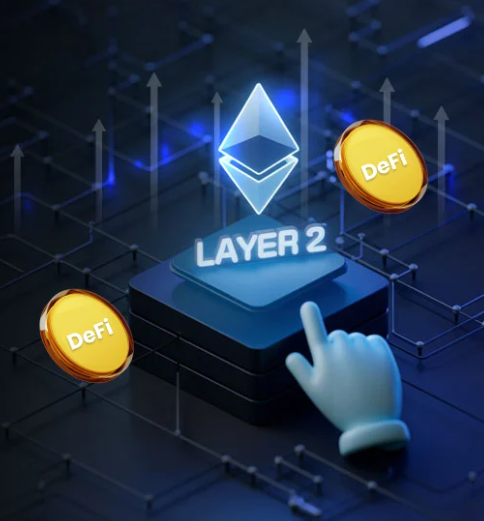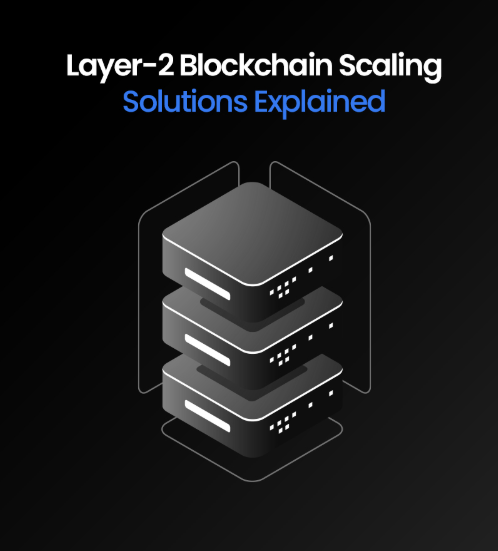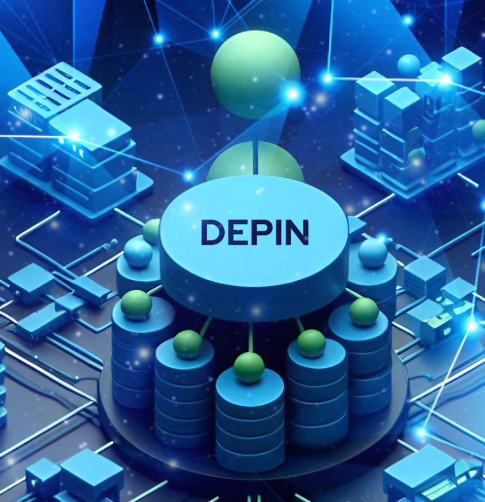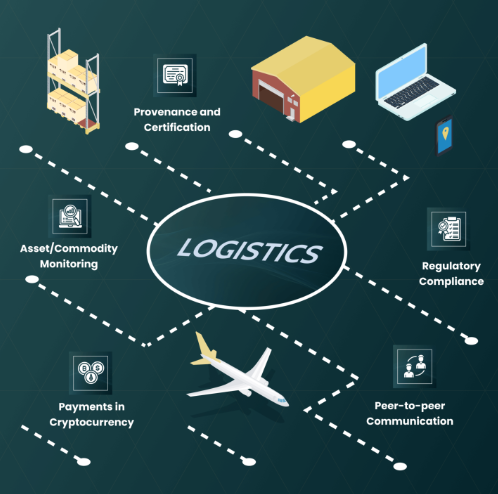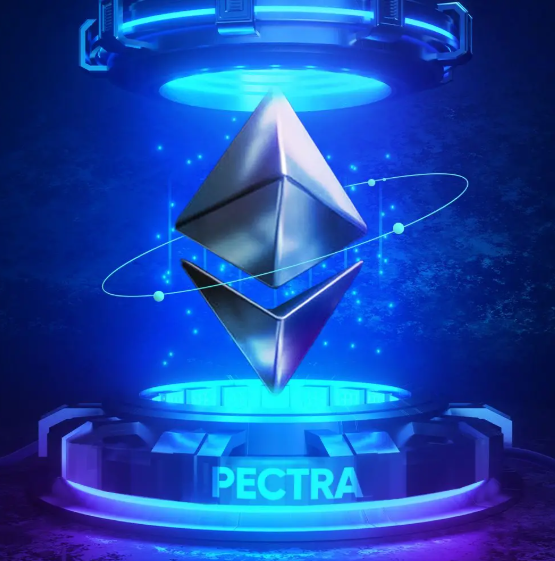
In the world of Web3, trust is a cornerstone. However, the pseudonymous and decentralized nature of this space complicates the ability to assess credibility. Traditional reputation systems simply do not work in permissionless environments, leaving protocols vulnerable to governance exploits, Sybil attacks, and fraud.
Decentralized Reputation Systems (DRS) are the answer to these challenges. By providing on-chain, verifiable reputation scores based on actual user activity, DRS can prevent DAO manipulation, enable under-collateralized DeFi loans, eliminate NFT wash trading, and secure Web3 identities. This blog explores how decentralized reputation systems are essential for Web3 startups in 2025 and why founders should implement them now to build trust and ensure accountability.
Understanding Decentralized Reputation Systems (DRS)
In Web2, reputation is easily verified through centralized systems like credit scores, LinkedIn endorsements, or platform reviews. However, Web3 operates without gatekeepers, making reputation assessment much more difficult. DRS provide a solution by assigning reputation scores to users, wallets, projects, and organizations based on transparent, on-chain activities.
Key features of DRS include:
- On-Chain & Transparent: Reputation data is stored on a public blockchain, making it verifiable and tamper-proof.
- Decentralized & Permissionless: Reputation scores are not controlled by a single entity, but are built through decentralized and trustless mechanisms.
- Interoperable Across Platforms: A reputation score earned in one Web3 platform (e.g., DeFi or NFT marketplaces) can be used across others.
- Non-Transferable & Sybil-Resistant: Reputation cannot be bought or manipulated by creating multiple wallets, ensuring authentic credibility.
DRS are often built using technologies like Soulbound Tokens (SBTs) and Decentralized Identifiers (DIDs), with Zero-Knowledge Proofs (ZKPs) ensuring privacy while verifying reputation.
Why Decentralized Reputation Systems Matter for Web3 Founders
As Web3 evolves, reputation becomes a core component of a project’s governance, security, and growth. For founders, implementing a decentralized reputation system is no longer optional; it’s essential for building trust, securing funding, and fostering a resilient ecosystem.
Here are several key reasons why DRS should be at the forefront of every Web3 founder’s strategy:
1. Combatting Sybil Attacks and Governance Manipulation
DAOs using a “1 token = 1 vote” model are prone to manipulation from large token holders or Sybil attacks, where bad actors create multiple wallets to dominate voting power.
How DRS Helps:
- Reputation-based governance models assign voting power based on contributions, not just token holdings.
- Soulbound Reputation Tokens make governance power non-transferable and merit-based.
- DAOs track long-term activity to ensure decisions are driven by actual contributions.
Example: Optimism’s Citizen House employs reputation-weighted governance, which reduces the risk of manipulation and ensures decisions reflect genuine community input.
2. Enabling Under-Collateralized DeFi Lending
DeFi lending protocols traditionally require over-collateralization, excluding users without substantial crypto reserves. This is because protocols often lack the tools to assess borrowers’ trustworthiness.
How DRS Helps:
- On-chain credit scores allow lenders to evaluate borrowers based on their past behavior and repayment history.
- High-reputation borrowers can access lower interest rates, making DeFi more accessible.
Example: Goldfinch Finance uses reputation-based models to offer collateral-free crypto lending, expanding access to DeFi for users who may not have large reserves.
3. Eliminating Wash Trading and Fake Engagement in NFTs
NFT marketplaces often struggle with wash trading, where users artificially inflate prices by trading between their own wallets. This practice distorts market data and erodes trust.
How DRS Helps:
- NFT platforms assign reputation scores to creators and traders, filtering out bad actors.
- Wash traders can be penalized with reduced visibility or restrictions on trading.
Example: LooksRare faced challenges with wash trading early on but addressed this by adjusting reward structures and introducing anti-fraud measures. Similarly, Galxe integrates on-chain reputation tracking to reward authentic engagement, ensuring credibility in its ecosystem.
4. Building Scalable Trust Infrastructure
As Web3 projects grow, establishing scalable, decentralized trust is essential. Technologies like EigenLayer, which uses Ethereum’s restaking mechanism, are helping Web3 projects build cross-chain trust layers.
How DRS Helps:
- Integrates reputation systems across platforms, enabling seamless coordination without compromising security.
- Facilitates scaling of decentralized trust as ecosystems expand, making it easier to manage large communities and complex protocols.
Example: EigenLayer uses decentralized reputation systems to validate actions across multiple chains, creating a scalable trust infrastructure for Web3 projects.
5. Revolutionizing Web3 Identity and Social Reputation
In Web2, platforms like LinkedIn or Twitter define trust through centralized systems. In Web3, users must own their reputation, and it should be portable across decentralized applications.
How DRS Helps:
- Users build reputation through transactions, governance participation, and interactions across different platforms.
- Reputation can be used for access to exclusive features or perks in the Metaverse or DeFi.
Example: Lens Protocol allows users to create portable social identities by owning their profiles as NFTs, giving them verifiable credibility across Web3 platforms while maintaining privacy and control over their data.
Implementing Decentralized Reputation Systems
For Web3 founders, implementing a decentralized reputation system requires thoughtful planning, but the benefits far outweigh the challenges. A well-designed system improves governance efficiency, reduces fraud, and strengthens community trust. Here’s how you can implement DRS in your Web3 project:
1. Define the Purpose of Reputation
Your reputation system should align with your business goals. For DeFi, focus on on-chain creditworthiness; for DAOs, emphasize community contributions over token holdings.
Key questions to ask:
- What behaviors should be rewarded (e.g., staking, governance, contributions)?
- What actions should be penalized (e.g., Sybil attacks, wash trading)?
- How will reputation impact user experience (e.g., unlock premium features, lower fees)?
2. Choose the Right Reputation Model
Select a model that fits your project’s needs:
- Contribution-Based Reputation for DAOs and governance.
- On-Chain Credit Scores for DeFi and lending platforms.
- Trading Reputation for NFT marketplaces and platforms that require credibility.
3. Ensure Cross-Chain Reputation Interoperability
Reputation systems should be portable across different ecosystems. Use DIDs and SBTs to store reputation data on public blockchains, and integrate cross-chain aggregators like Gitcoin Passport or Galxe.
4. Design Incentives to Encourage Positive Behavior
A reputation system is most effective when paired with meaningful incentives:
- Lower Fees: High-reputation users get reduced fees or better rates.
- Increased Voting Power: Long-term contributors gain more influence in DAOs.
- Exclusive Access: NFT platforms can offer VIP perks to high-reputation members.
- Yield Boosts: DeFi platforms can offer higher staking rewards to trusted users.
5. Prevent Exploits and Manipulation
To ensure the integrity of your reputation system, implement safeguards against Sybil attacks and reputation farming. Use Soulbound Tokens to prevent reputation from being transferred or manipulated.
Conclusion
Decentralized reputation systems are the foundation of trust in Web3. By implementing a transparent, verifiable reputation model, founders can build ecosystems that are secure, fraud-resistant, and scalable. In a world where trust is critical, reputation will be the new capital, and the projects that prioritize it will lead the next generation of Web3 businesses.





